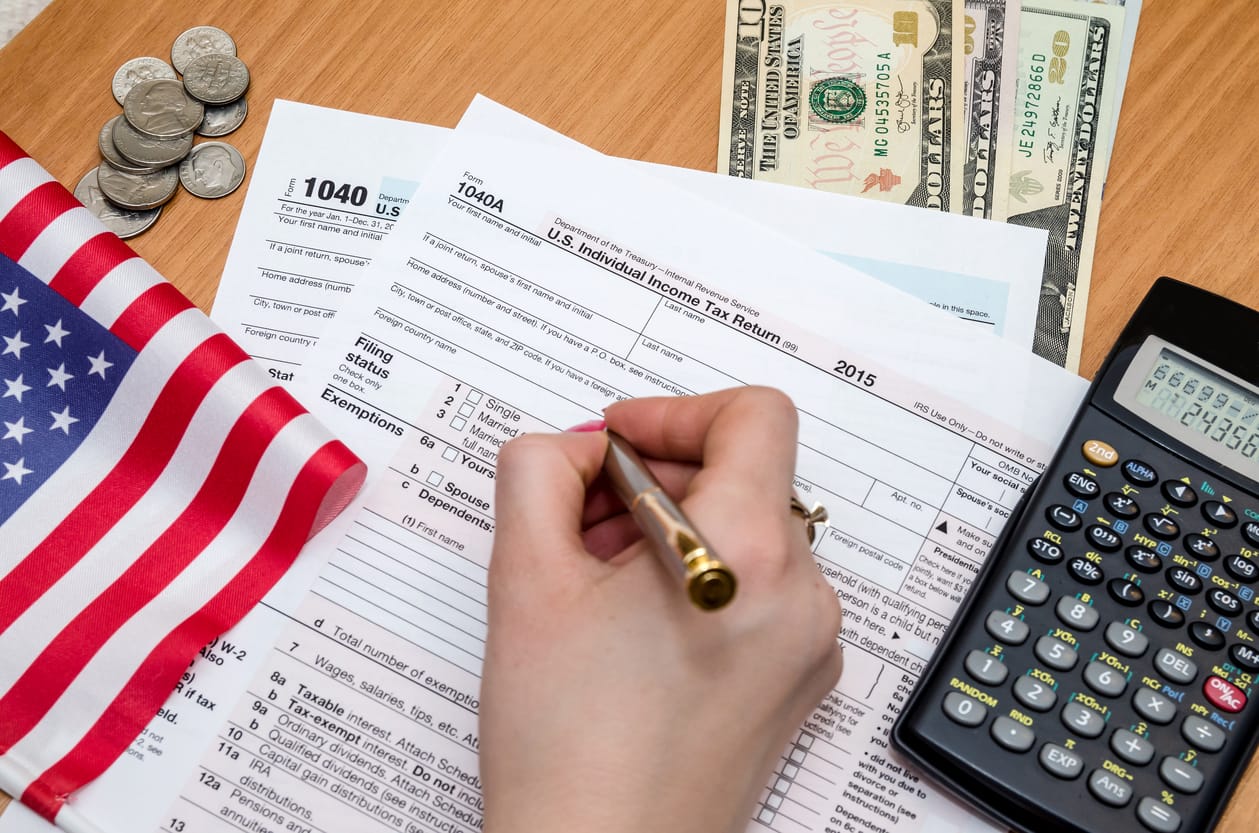Tax Season Starts Jan. 29 – Here’s Everything You Need to Know

With an expected 155 million people filing individual tax returns this year, now is the perfect time to get up to date on the coming tax season. According to experts, 2017’s Equifax data breach could contribute to massive tax fraud, so some refunds may be delayed this year. Additionally, one major change from the Tax Cuts and Jobs Act will affect the way you file for 2017. Here’s what you need to know.
What’s New
Filing for the 2017 tax year begins on Jan. 29, and the deadline finishes on April 17. In previous years, the deadline has fallen on April 15. But, this year that date falls on a Sunday, so the IRS has stretched the deadline two extra days.
If you will be claiming earned income tax credit or additional child tax credit, your refund may be delayed as the IRS is giving itself more time to detect fake returns to keep money out of the hands of fraudsters.
One big change that might affect the way you file your taxes is due to the Tax Cuts and Jobs Act which will take effect in 2018. Under previous tax laws, those who file for a medical expense deduction could deduct costs that exceed 10% of their adjusted gross income (AGI). However, for the 2017 tax filing season, this number has dropped to 7.5% of the AGI.
Check Your Mailbox/Email in January
All employers must provide their employees with a W-2, by January 31. Additionally, any businesses that hire independent contractors must give them their 1099-MISC by the same date. If you’re an independent contractor, it’s a good idea to be proactive and contact companies you’ve worked for to find out when they’ll be issuing you with your 1099-MISC form. Keep an eye on your mailbox or email inbox in January as you will receive key documents.
More Income Sources, More Complexity
Some taxpayers will need more than a W-2 form. Gig economy workers, retirees, and those who get income from investments will need to file using the following forms:
- 1099-B: This form covers stock sales and capital gains income and will be sent to you sometime from January to mid-February.
- 1099-DIV, 1099-INT: These forms cover dividends paid and interest earned over $10. You can expect to receive these forms sometime from January to mid-February.
- 1099-G: This form deals with state and local tax refunds, and you’ll be sent one during the month of January.
- 1099-K: This form covers income gained from credit card payments for sharing economy income. This form will be sent out during January.
- 1099-MISC: This form deals with non-employee income and rental income, and you will receive one during the month of January.
- 1099-R: This form covers retirement plan and IRA distributions, and you will receive it in January.
- 1099-SA: This form deals with income from health savings account distributions. You will get this form sometime from January to mid-February.
- K-1: This form deals will a partner’s share of income, deductions, and credits. You could receive this form as late as the business’s extended due date for filing its returns.
- SSA-1099: This form covers Social Security income and you will receive it during January.
- W-2: This is the most common form, and it covers wage and tax statement and you will receive it during January.
If you are the owner of a taxable investment account, check your mailbox during mid-February as you will receive 1099s from your brokerage firms. These forms report dividends and interest of more than $10, as well as capital gains and stock sales.
Essentials for Popular Deductions and Credits
If you are filing for deductions or credits, you can expect to receive the following relevant forms:
- 1098: This form is for mortgage interest and should be received during January.
- 1098-E: This form is a for student loan interest paid in excess of $600. The 1098-E will be sent during January, but may also be available online.
- 1098-T: This form is for tuition and education costs. You will receive yours in January.
- Annual Giving Statement: This form is for detailing the size and timing of any charitable donations you have made during the 2017 tax year. These forms are issued during 2017 and through January 2018.
- Childcare Expenses: The purpose of this form is to detail the amount paid to your childcare provider. If you’re unsure when you will be receiving it, ask your childcare provider for details.
- Property Tax Statement: This form details the amount you owe in taxes. It will be issued late 2017 up to early January 2018.
During February and March, you may need to fill out additional forms, depending on your circumstances. If you used your Health Savings Account in 2017, then you can expect to receive a 1099-SA in mid-February. Also, if you had health coverage last year that you purchased from a state or federal marketplace you can expect to receive a Form 1095-A, -B, or –C during early March.
You Might Need to Chase Forms Down
If you’re an investor in a partnership or the recipient of a trust or estate, you might have to wait all spring for your Schedule K-1 that will report your income, losses, and dividends. Until that time, you might have to estimate your income and taxes and then request an extension with the IRS.
Also, exes who pay alimony are able to claim a deduction for it on their 2017 taxes, and the recipient must acknowledge it as taxable income. Both parties must review their payments to make sure they match the divorce decree in order to file their taxes. However, alimony isn’t deductible for those whose divorce or separation settlements won’t be executed until after the end of 2018, due to tax overhaul.
















